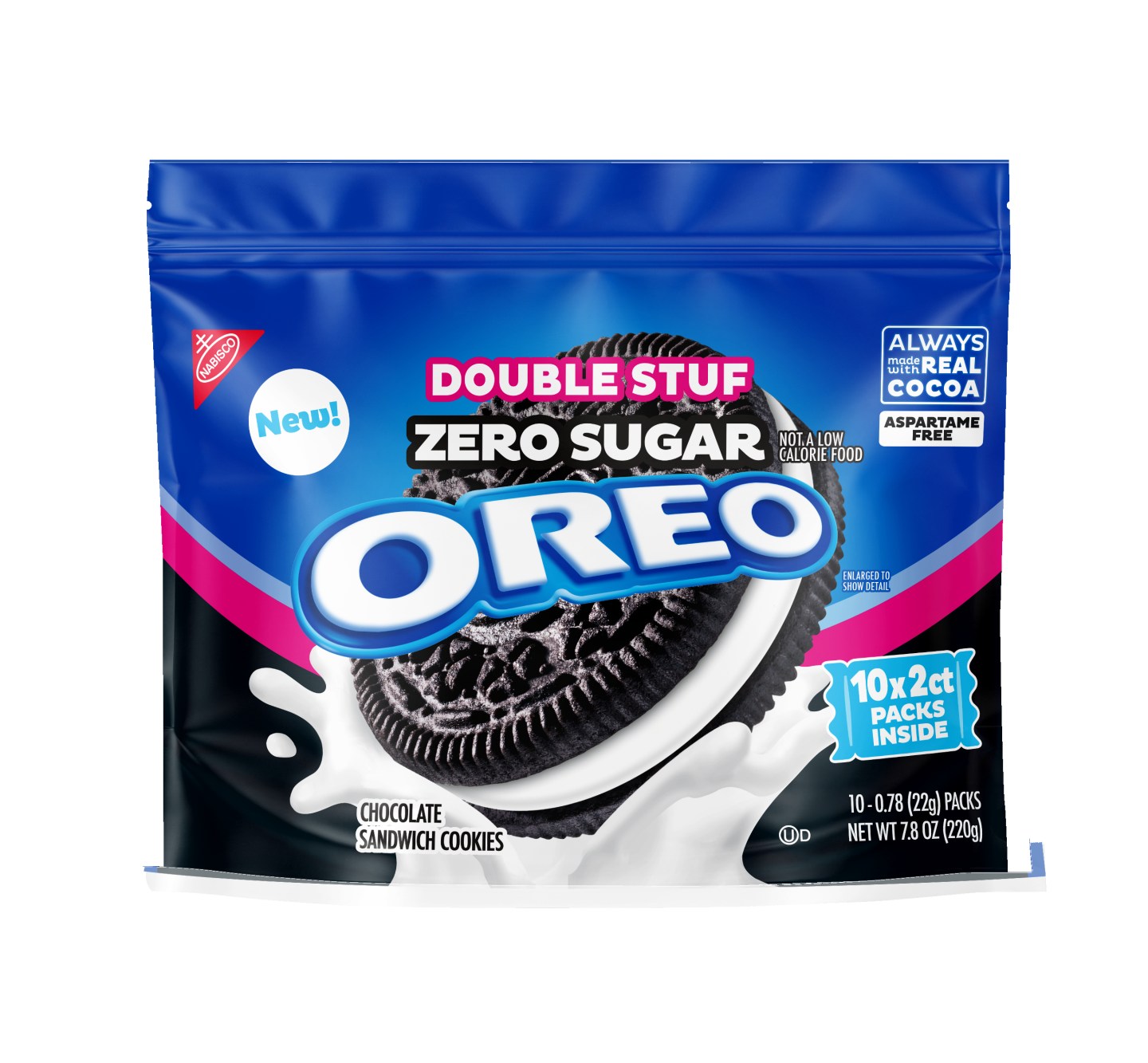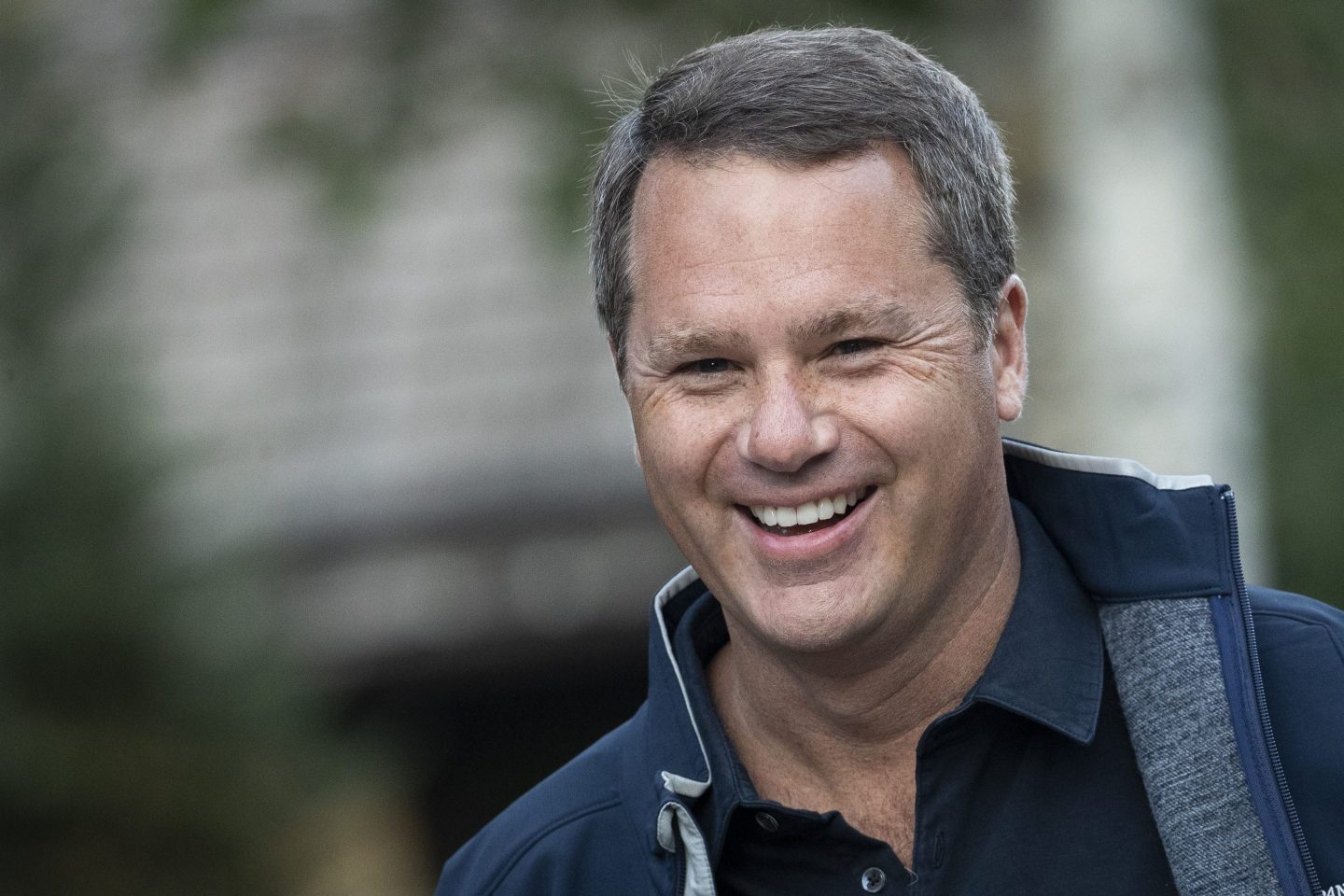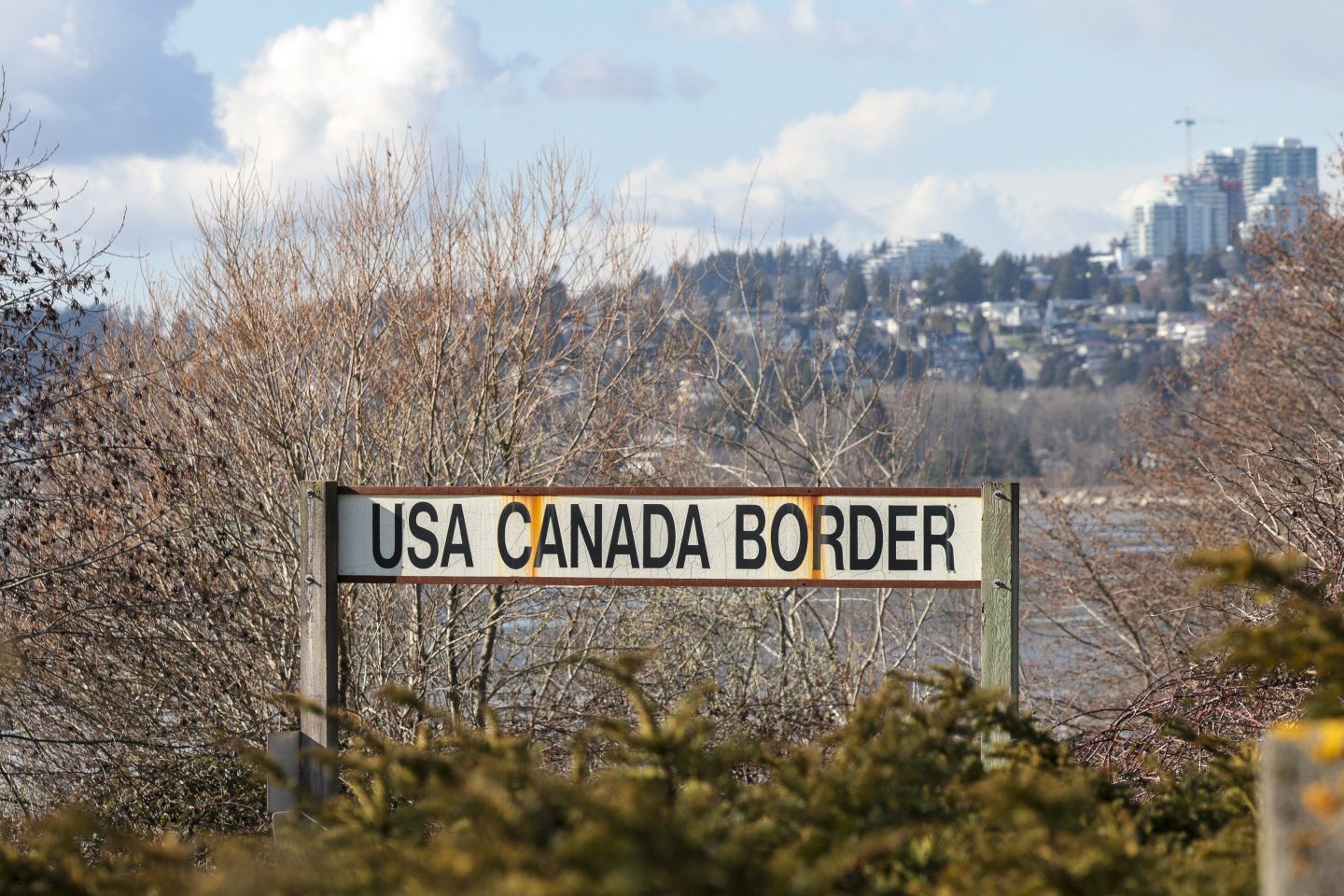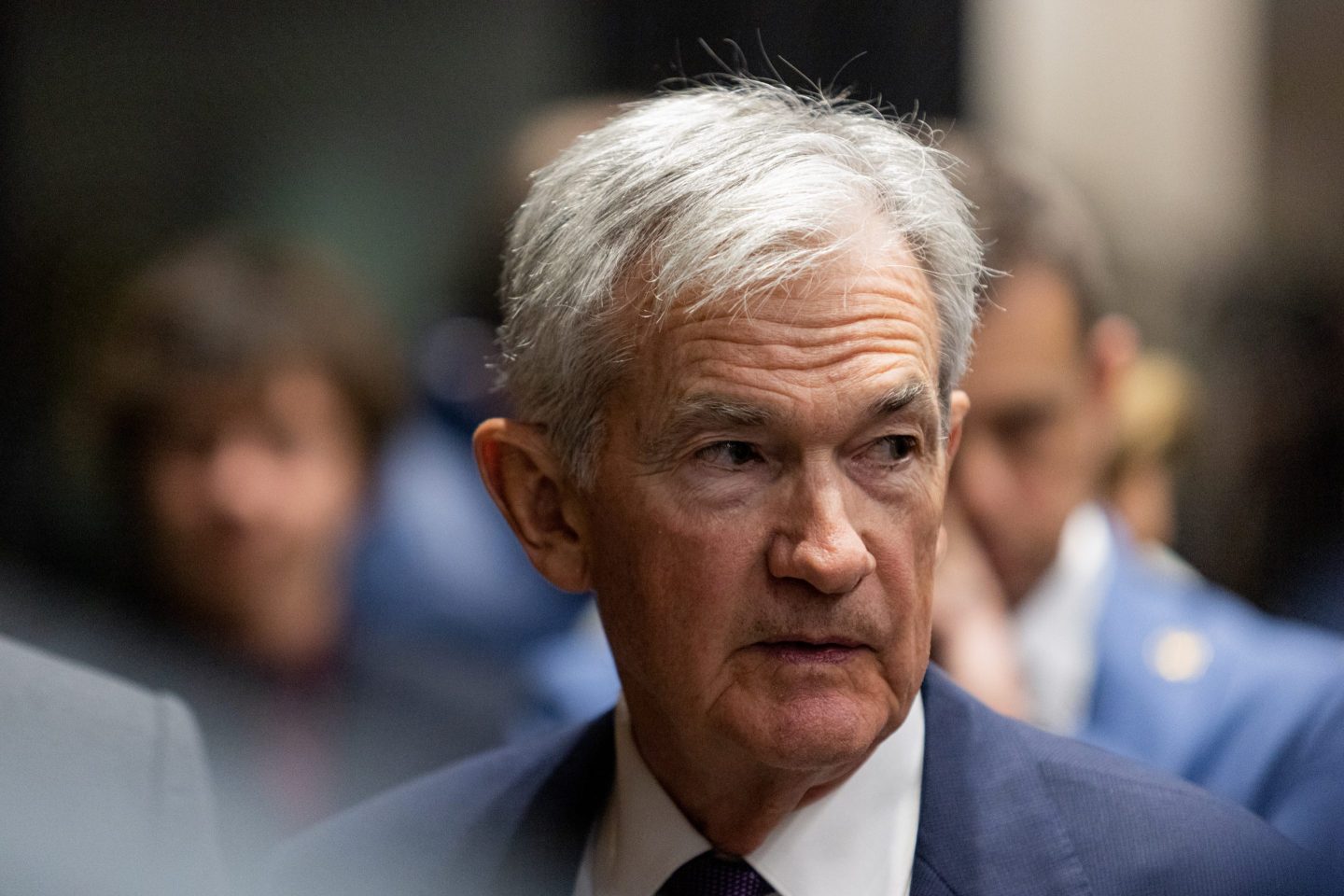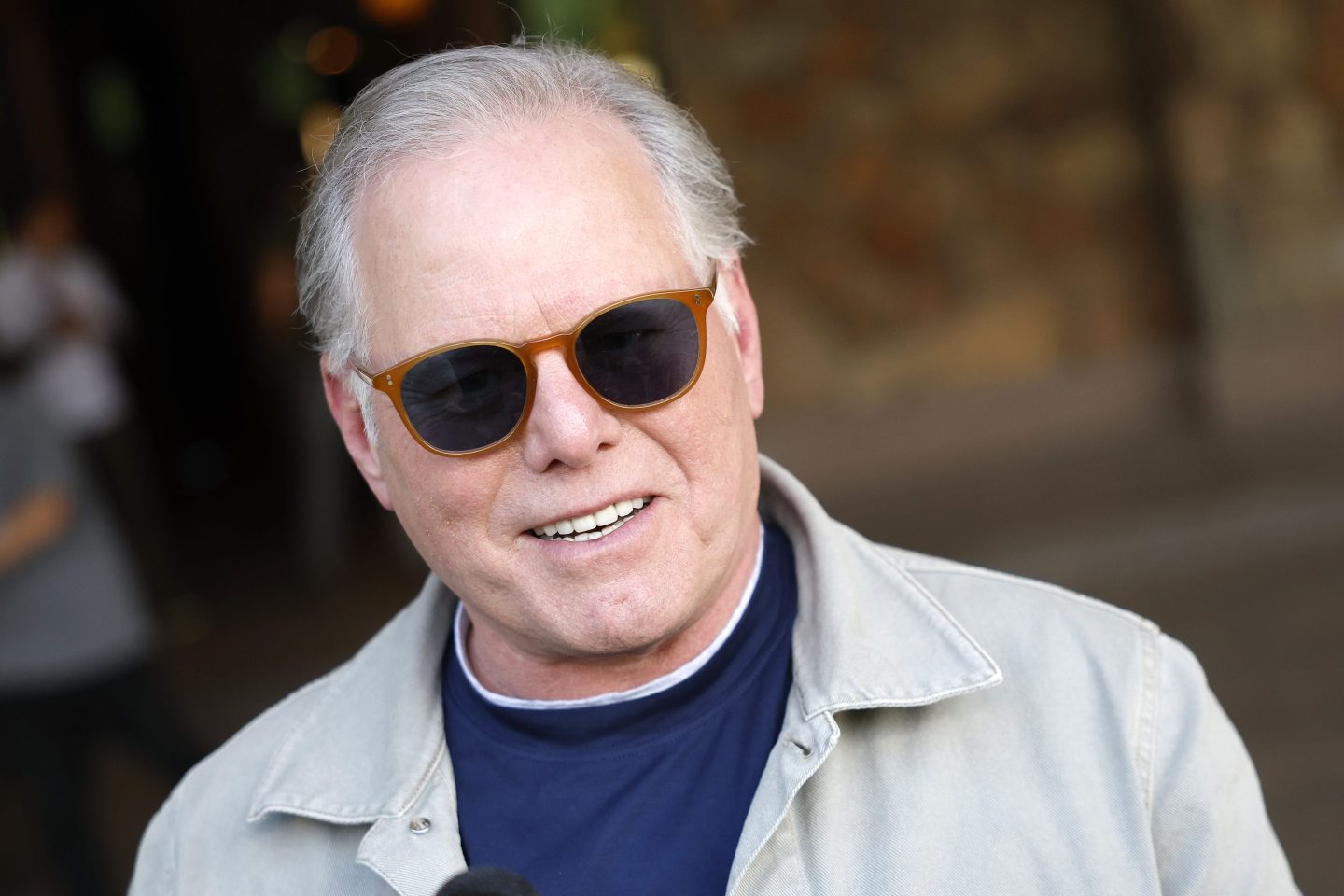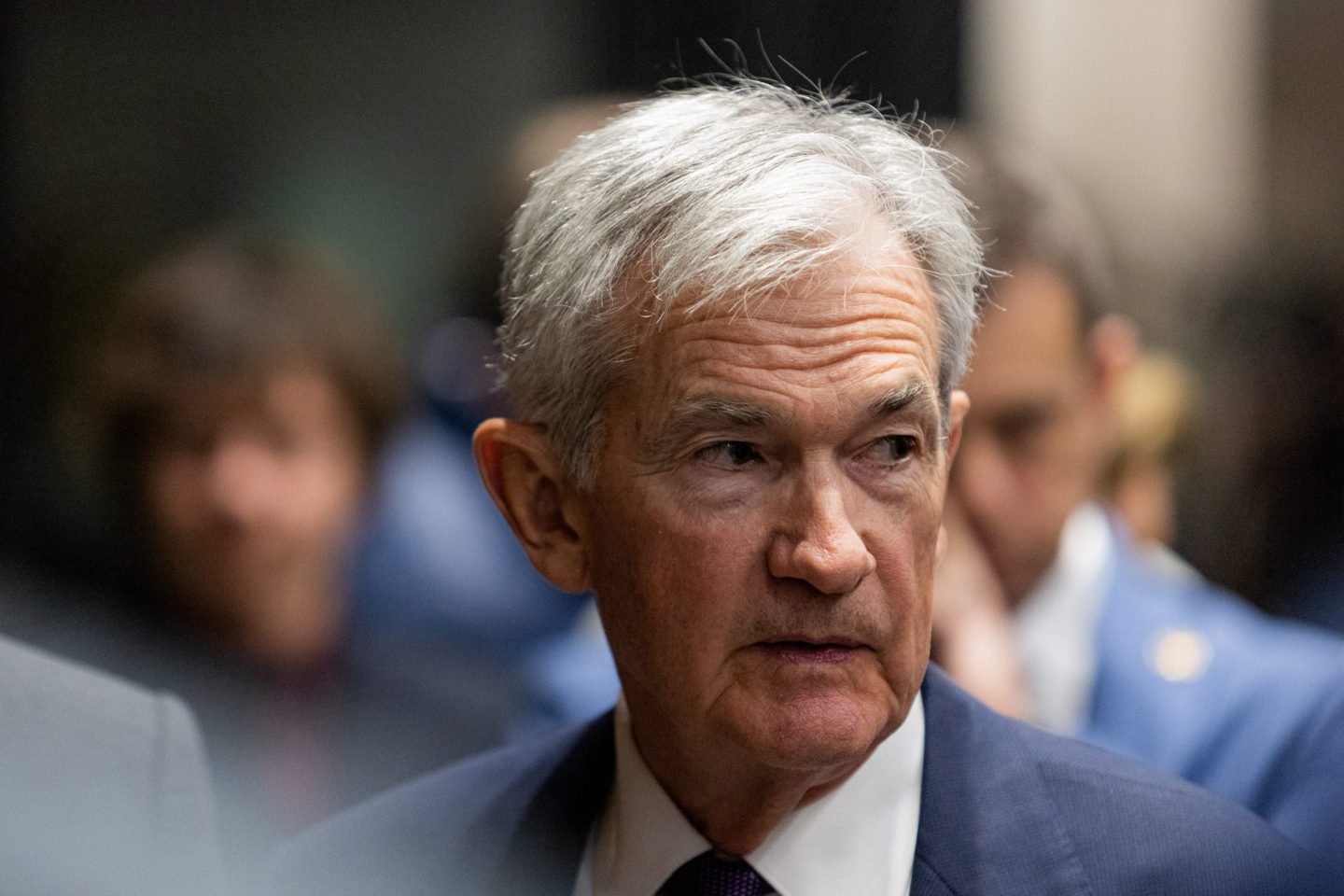While Amazon and Walmart lean into AI and e-commerce investments, Target’s incoming CEO Michael Fiddelke is taking a different approach.
Target is betting billions on stores, including remodels, bigger formats, and upgraded tech, to achieve a comeback after a prolonged sales slump. The struggling retailer’s move aligns with data showing Gen Z has a renewed appetite for in-person shopping and discovery-led retail experiences.
Target plans roughly $5 billion in capital spending next year, including an additional $1 billion for 2026, as it works through declining comps and weaker traffic while leaning into categories that are still growing, notably beauty.
Target will direct about $5 billion toward new and remodeled stores, experience upgrades, and technology and digital fulfillment, with leadership emphasizing larger-format boxes that are outperforming initial plans and store-floor changes designed to accelerate “merchandising authority” and discovery.
The push includes AI to speed product development and marketing, synthetic audiences to test campaigns, and a ChatGPT-powered beta to simplify multi-item purchases, part of a broader effort to reawaken the “Tarzhay” brand while tightening execution.
Why now: four tough years
The investment arrives amid sliding comps and traffic, with Q3 net sales down 1.5%, comps down 2.7%, and net earnings off 19.3%, capping a multiyear stretch of sluggish or negative comparable sales as value-focused consumers shift toward essentials and competitors gain share. Analysts cite macro pressures and category-mix challenges—apparel and home remain weak—though beauty, food and beverage, and hardlines show resilience, offering recovery lanes if in-store experience and assortment unlock discovery and value.
Gen Z’s store comeback
AS Watson Group CEO Malina Ngai told audiences at the Fortune Innovation Forum, younger customers are returning to real-world stores for touch, consultation, and community—particularly in beauty—validating the investment in high-touch floors and staff as differentiators that digital alone can’t match.
The chief of the 185-year-old Hong Kong brand said that in Southeast Asia, she sees Gen Z’s preference for brick-and-mortar prevailing despite abundant e-commerce options, with fast-moving K‑, J‑, and C‑beauty trends and localized offerings powering engagement—signals that U.S. retailers seeking to make beauty a traffic engine can learn from. “For younger customers, they want to be in the store, they want to get consultancy, they want to be able to touch the product—and this is what we can offer.”
Beauty continues to outperform broader discretionary categories at Target, aligning with global patterns highlighted by Ngai: young consumers crave novelty, curation, and guidance, which flourish in physical settings with events, sampling, and influencer-driven moments. Target’s plan to refresh floor pads and facilitate more discovery in home and other departments borrows that beauty playbook—frequent newness, better adjacencies, and richer storytelling—paired with AI-enabled speed to market.
Walmart’s counter, and Target’s next move
Walmart is leaning into an AI-fueled, low-price, high-scale omnichannel model—expanding retail media, membership, marketplace, and automated fulfillment—while Amazon is doubling down on same-day grocery logistics, Generative AI, and a more unified Fresh strategy that treats physical touchpoints as extensions of e-commerce rather than destinations. Both are investing heavily in AI to personalize discovery and compress delivery windows, with Walmart emphasizing stores-as-fulfillment and retail media margins and Amazon emphasizing speed, network density, and AI-driven operations at massive scale.
To translate capex into growth, Target needs to reignite store traffic with sharper value and discovery, lean into categories with cultural momentum (beauty, health, food), and use AI to tighten cycle times and personalization without eroding brand warmth, Retail Dive reports. Price actions on staples, experience-led remodels, and clearer authority in key pads can rebuild the flywheel, analysts say. The payoff would be stabilizing comps through 2026 and restoring Target’s premium-mass halo as a place to browse, be advised, and buy across channels.
For this story, Fortune used generative AI to help with an initial draft. An editor verified the accuracy of the information before publishing.


